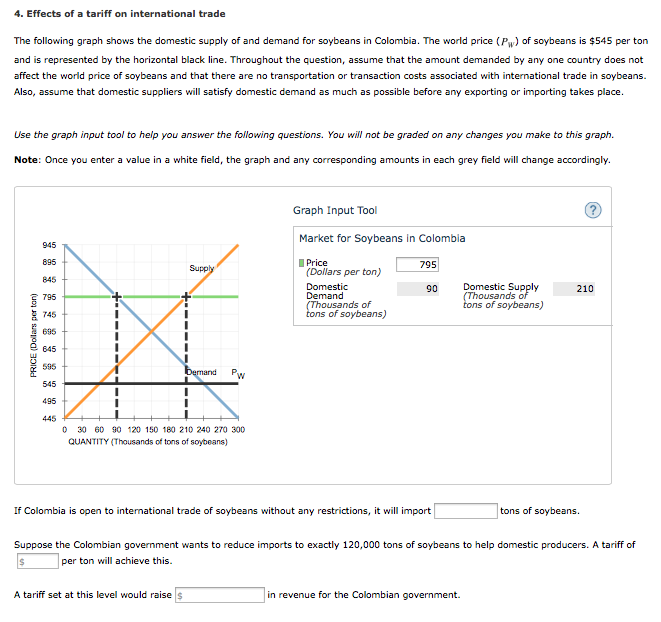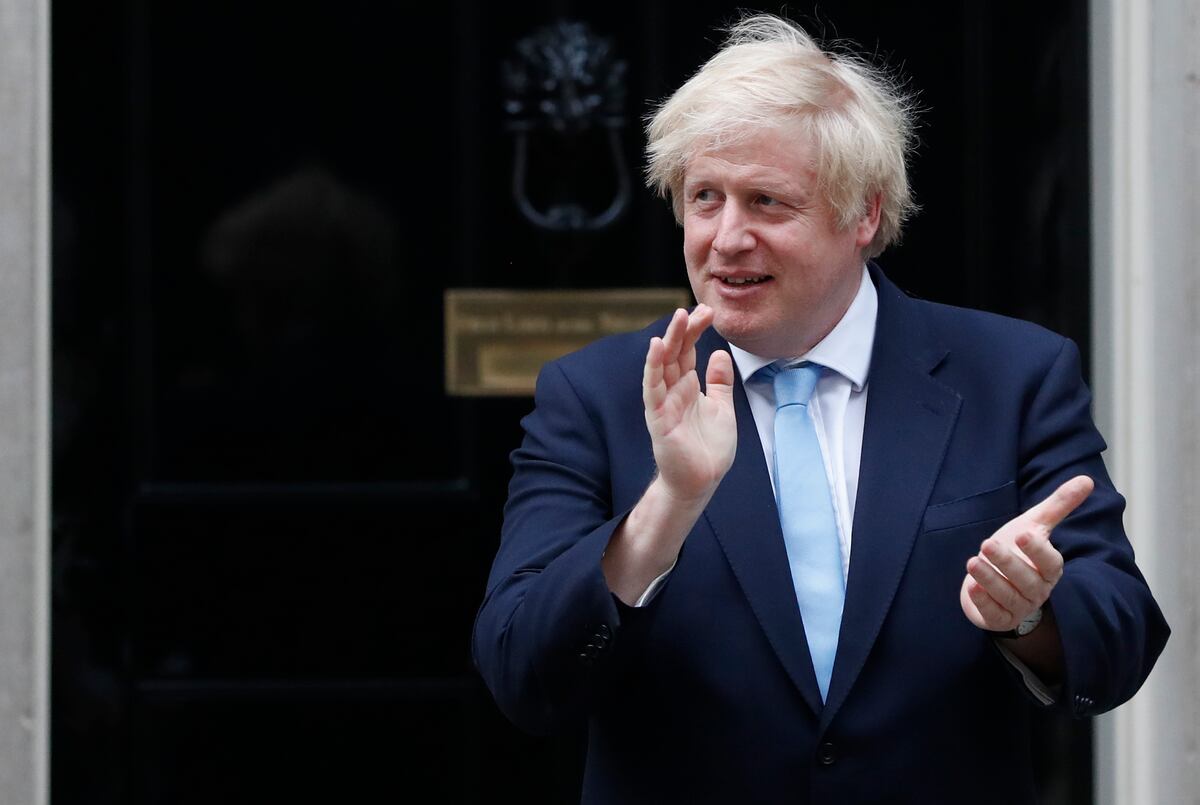Analyzing The Bond Market's Response To Tariff Increases

Table of Contents
Impact on Interest Rates and Bond Yields
The bond market is a cornerstone of the global economy, facilitating the flow of capital between borrowers and lenders. Bonds, essentially loans to governments or corporations, have an inverse relationship with interest rates. When interest rates rise, the value of existing bonds falls, and vice versa. Tariff increases often trigger inflationary expectations. This is because tariffs raise the cost of imported goods, increasing prices for consumers.
Increased tariffs lead to:
- Higher inflation expectations: The expectation of rising prices leads to demands for higher wages, fueling a wage-price spiral and further inflation.
- Higher interest rates: Central banks, aiming to control inflation, typically respond by raising interest rates. This makes borrowing more expensive and cools down economic activity.
- Lower bond prices: As interest rates rise, newly issued bonds offer higher yields, making existing bonds less attractive, thus lowering their prices.
- Increased demand for higher-yielding bonds: Investors seek bonds offering returns that outpace inflation to protect their purchasing power.
- Potential flight to safety into government bonds: While yields on government bonds may rise, they are still considered relatively safer compared to corporate bonds during times of uncertainty.
Flight to Safety and Safe-Haven Assets
Economic uncertainty, often triggered by events like significant tariff increases, fuels a "flight to safety." Investors move their capital from riskier assets (e.g., stocks, corporate bonds) into perceived safe-haven assets, such as government bonds. These bonds are considered less volatile and offer a degree of protection against market downturns.
Tariff increases exacerbate this phenomenon:
- Uncertainty caused by tariffs → Increased investor risk aversion: The unpredictable nature of trade wars creates uncertainty, making investors more cautious.
- Investors seek refuge in low-risk, liquid assets (government bonds): Government bonds, particularly those issued by countries with strong credit ratings, become highly sought after.
- Increased demand drives up bond prices and lowers yields: The increased demand pushes bond prices higher, resulting in lower yields (as yield is inversely related to price).
- Potential for a yield curve inversion: A significant flight to safety can flatten or even invert the yield curve (where short-term bond yields exceed long-term yields), which is often seen as a predictor of economic recession.
Sectoral Differences in Bond Market Response
The bond market isn't monolithic. Different sectors react differently to tariff increases. For instance:
- Corporate bonds: Companies heavily reliant on imported goods or exporting to affected markets face increased risk. This results in:
- Tariffs impacting specific industries → Increased risk for corporate bonds in those sectors.
- Wider credit spreads for affected sectors (the difference between yields on corporate bonds and government bonds, reflecting risk).
- Potential for defaults in heavily tariff-impacted industries.
- Municipal bonds: These are generally less sensitive to tariff fluctuations than corporate bonds, as their performance is primarily driven by local economic conditions.
- Treasury bonds: Government bonds often benefit from the flight to safety, experiencing increased demand and lower yields. Relatively less impact on government bonds.
Analyzing Long-Term Effects and Forecasting Market Behavior
Predicting the long-term effects of sustained tariff increases on the bond market is challenging. Historical data can provide some guidance, but each trade war has unique circumstances.
Consider these long-term implications:
- Long-term inflationary pressures potentially impacting bond yields: Persistent tariff increases can lead to sustained inflation, forcing central banks to keep interest rates higher for longer, impacting bond yields.
- Uncertainty affecting investor confidence and long-term investment strategies: The uncertainty surrounding trade policy can discourage long-term investment, impacting the overall bond market.
- Importance of incorporating multiple factors into market predictions: Predicting bond market behavior requires considering various macroeconomic factors beyond tariffs, such as economic growth, currency fluctuations, and geopolitical events.
- The limitations of relying on historical data due to unique circumstances of each trade war: Past responses to tariff increases may not perfectly predict future outcomes.
Conclusion: Navigating the Bond Market in the Age of Tariffs
The bond market's response to tariff increases is intricate and multifaceted. Tariffs create uncertainty, driving flight to safety and affecting interest rates and inflation expectations, which in turn influence bond yields and prices. Different sectors within the bond market react differently, with corporate bonds often bearing the brunt of the impact. Careful analysis, diversification, and a comprehensive understanding of macroeconomic factors are crucial for navigating the bond market during periods of trade uncertainty. We encourage further research into the specific impacts of various tariff regimes on different bond sectors using financial databases and economic modeling tools to make informed investment decisions. Analyzing historical data alongside current economic indicators is key to understanding the bond market’s response to tariff increases and mitigating potential risks.

Featured Posts
-
 Anunoby Brilla Con 27 Puntos En Victoria De Knicks Sobre 76ers
May 12, 2025
Anunoby Brilla Con 27 Puntos En Victoria De Knicks Sobre 76ers
May 12, 2025 -
 The Return Of Jose Aldo Featherweight Division Reacts
May 12, 2025
The Return Of Jose Aldo Featherweight Division Reacts
May 12, 2025 -
 Gerard Hernandez Et Chantal Ladesou Leur Duo Mythique Dans Scenes De Menages
May 12, 2025
Gerard Hernandez Et Chantal Ladesou Leur Duo Mythique Dans Scenes De Menages
May 12, 2025 -
 El Ex Primer Ministro Britanico Boris Johnson Victima De Ataque De Avestruz En Texas
May 12, 2025
El Ex Primer Ministro Britanico Boris Johnson Victima De Ataque De Avestruz En Texas
May 12, 2025 -
 I Foni Tis Tzesika Simpson Mystika Frontidas
May 12, 2025
I Foni Tis Tzesika Simpson Mystika Frontidas
May 12, 2025
